Beneath our feet, hidden in the dark, damp layers of soil, a silent workforce toils tirelessly to maintain the health of our planet. Earthworms, often overlooked and underestimated, are nature’s unsung engineers of soil fertility. Their constant burrowing, feeding, and excreting transform compacted, lifeless dirt into rich, aerated earth capable of sustaining lush plant growth. Without fanfare or recognition, these humble creatures perform a service that has been vital to agriculture and ecosystems for millennia.
The earthworm’s contribution to soil health begins with its simple yet profound feeding habits. As it consumes organic matter—decaying leaves, plant debris, and microorganisms—it breaks down complex compounds into simpler, more accessible nutrients. This process, known as vermicomposting, enriches the soil with humus, a dark, nutrient-dense material that acts as a natural fertilizer. Unlike synthetic alternatives, humus releases nutrients slowly, providing a steady supply of nourishment to plants without the risk of chemical runoff or soil degradation.
Beyond nutrient cycling, earthworms play a pivotal role in soil structure. Their burrowing creates a network of tiny tunnels that enhance aeration and water infiltration. Compacted soil, a common issue in overworked agricultural land, becomes loose and friable under the influence of these subterranean engineers. This improved structure allows plant roots to penetrate deeper, accessing moisture and nutrients that would otherwise remain out of reach. In heavy rains, earthworm channels act as drainage systems, reducing erosion and preventing waterlogging—a silent but critical defense against both floods and droughts.
The benefits of earthworms extend to microbial activity as well. Their digestive tracts are teeming with beneficial bacteria and fungi that further decompose organic matter. When earthworms excrete their nutrient-rich castings, they inoculate the soil with these microbes, fostering a thriving underground ecosystem. This microbial diversity suppresses harmful pathogens and promotes plant resilience, reducing the need for chemical pesticides. Farmers who harness the power of earthworms often find their crops are not only more productive but also more resistant to disease.
Despite their importance, earthworm populations are under threat. Modern agricultural practices, such as excessive tilling and the overuse of synthetic fertilizers and pesticides, disrupt their habitats and poison their environment. Monoculture farming, which replaces diverse plant life with single crops, starves earthworms of the varied organic matter they need to thrive. Climate change, too, poses a challenge, as shifting temperatures and unpredictable rainfall alter the delicate balance of soil ecosystems. The decline of earthworms is a silent crisis, one that could have far-reaching consequences for global food security.
Fortunately, regenerative farming techniques are beginning to reverse this trend. Practices like no-till farming, cover cropping, and organic amendments create ideal conditions for earthworms to flourish. Farmers who adopt these methods often report a noticeable improvement in soil health within just a few seasons. Urban gardeners, too, are discovering the value of vermiculture—using worms to compost kitchen scraps into rich, garden-ready fertilizer. These small but meaningful efforts are a testament to the earthworm’s irreplaceable role in sustainable agriculture.
The story of the earthworm is a reminder that some of nature’s most vital work goes unseen. While they may lack the charisma of bees or the majesty of old-growth trees, their contribution is no less critical. Healthy soil is the foundation of life on land, and earthworms are its steadfast custodians. As we face the growing challenges of feeding a burgeoning population and mitigating climate change, perhaps it’s time to look downward—to listen to the quiet wisdom of these underground allies. In nurturing them, we nurture ourselves.

By /Jun 10, 2025

By /Jun 10, 2025

By /Jun 10, 2025

By /Jun 10, 2025
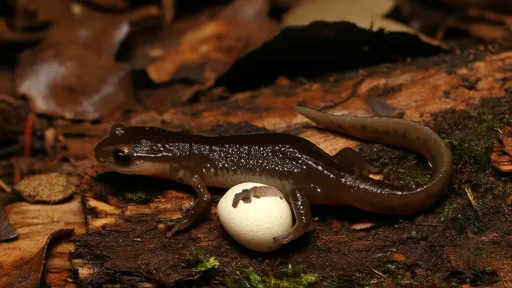
By /Jun 10, 2025
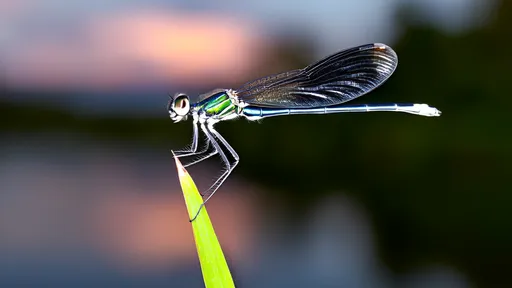
By /Jun 10, 2025

By /Jun 10, 2025
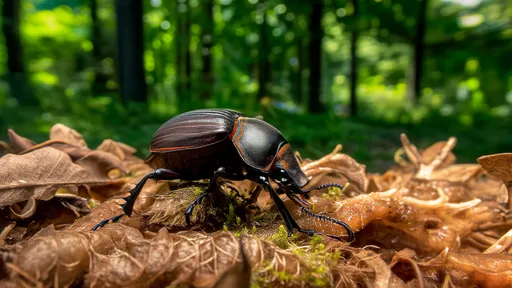
By /Jun 10, 2025

By /Jun 10, 2025

By /Jun 10, 2025
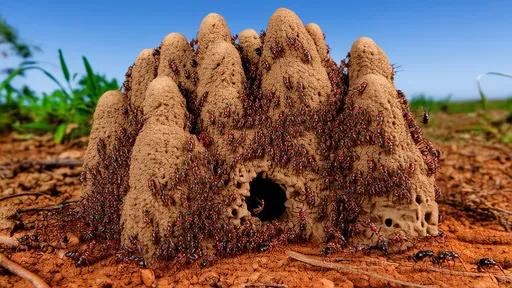
By /Jun 10, 2025

By /Jun 10, 2025
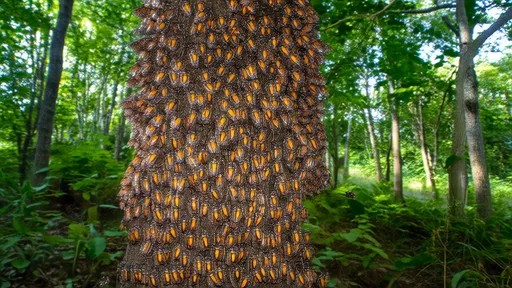
By /Jun 10, 2025
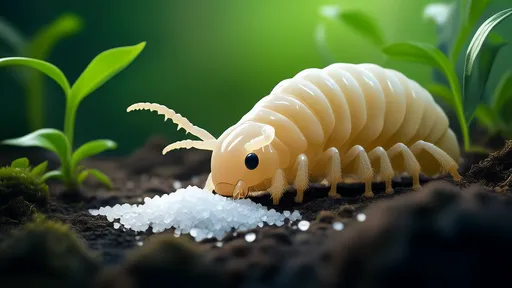
By /Jun 10, 2025

By /Jun 10, 2025
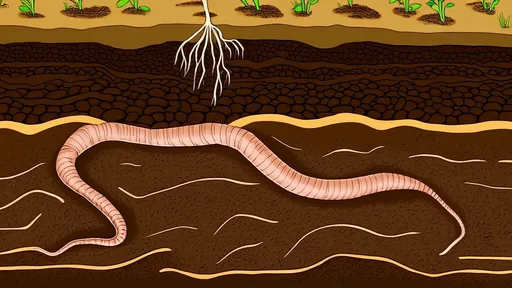
By /Jun 10, 2025

By /Jun 10, 2025